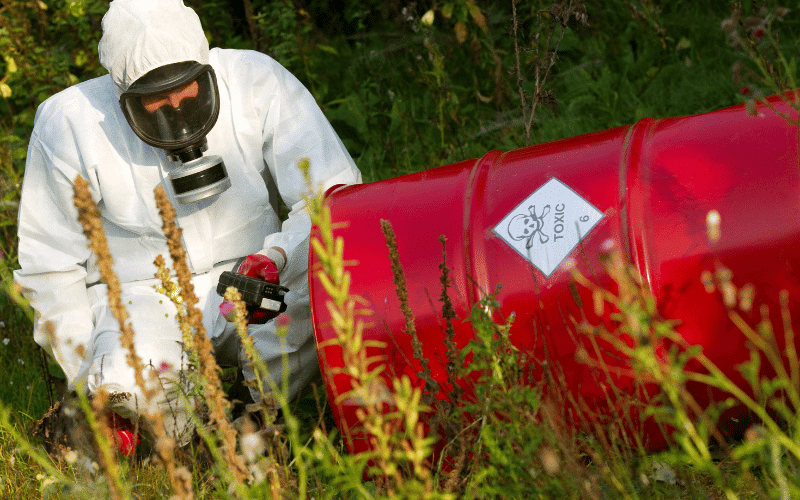7. Environmental Toxins: An Invisible Threat

A line of research in the ALS community explores the role of environmental toxins in the onset of the disease. Exposure to heavy metals, pesticides, and other industrial chemicals might elevate the risk of developing ALS. These substances, often imperceptible and hard to avoid, might play a part in the complex puzzle that is ALS.
Heavy metals such as lead, mercury, and arsenic are potent neurotoxins, causing damage to the nervous system. People working in industries involving these metals may be at a higher risk of ALS. Moreover, residues of these metals can infiltrate the food chain and water supplies, posing a broader risk to the population.
Pesticides and herbicides, widely used in agriculture and home gardening, have also been implicated in ALS. These substances can seep into groundwater, accumulating in the food chain, and making their way to our dinner plates. Furthermore, genetic factors may affect an individual’s capacity to metabolize and eliminate these toxins, intensifying their harmful effects.
Similarly, exposure to industrial chemicals such as solvents and polychlorinated biphenyls (PCBs), common in electrical equipment, can harm neurons. PCBs were banned in the U.S. in 1979, but their persistent nature means they continue to linger in the environment, potentially affecting human health.
Though the evidence linking environmental toxins and ALS is growing, it remains a challenging area to study due to the diversity of toxins and the difficulty in measuring exposure. While this link might sound alarming, it’s important to remember that exposure does not guarantee the development of ALS. It’s a complex disease likely caused by an interplay of multiple factors. The potential role of environmental toxins simply adds another layer to this complexity. (7)